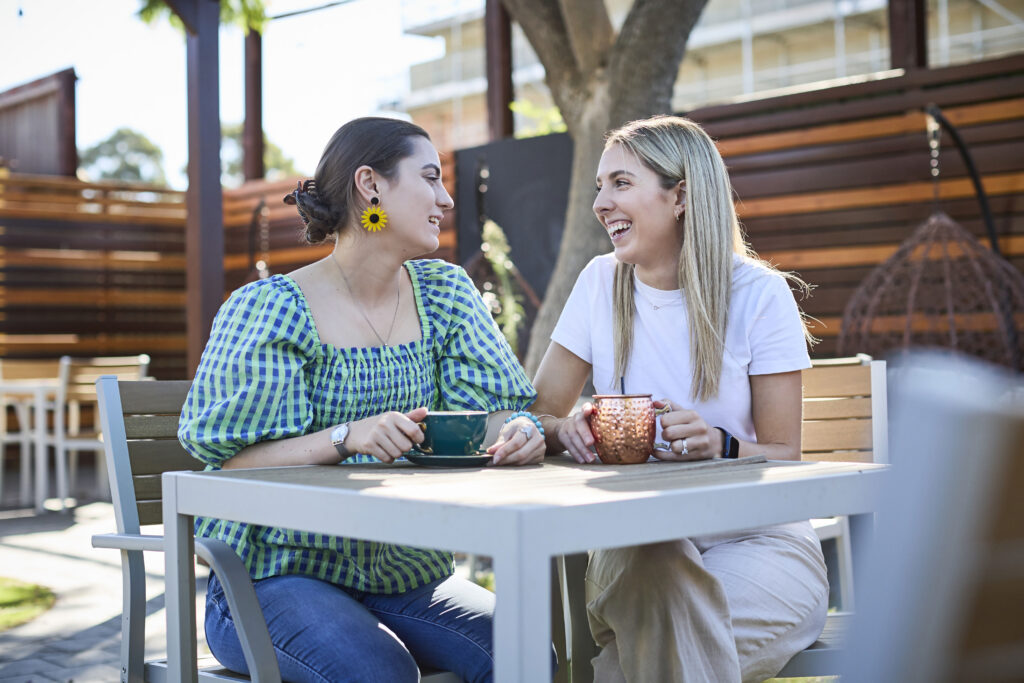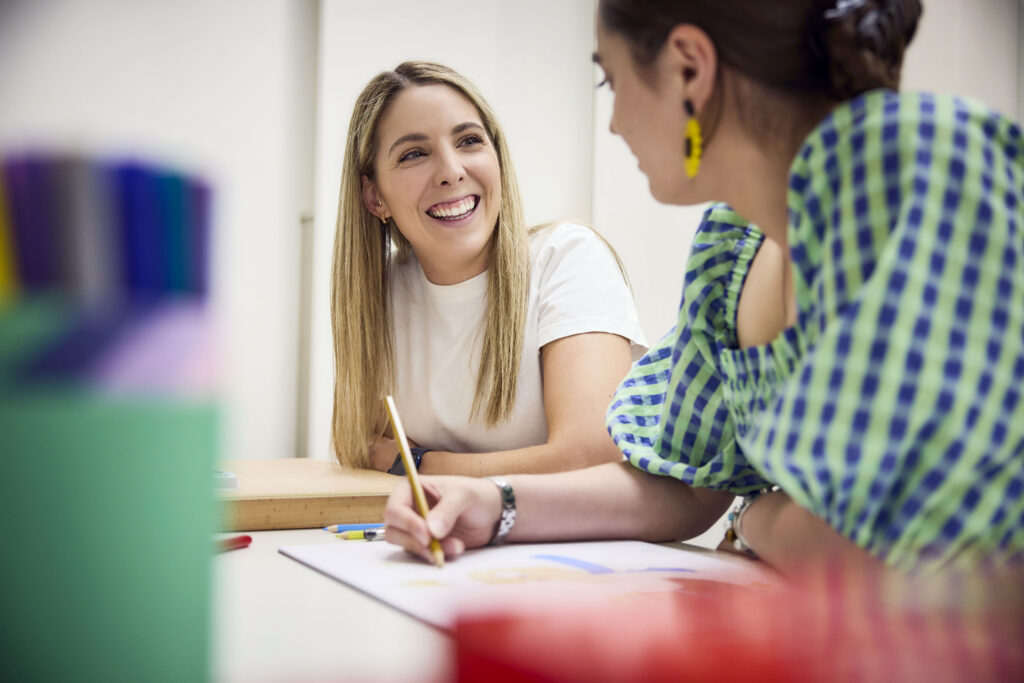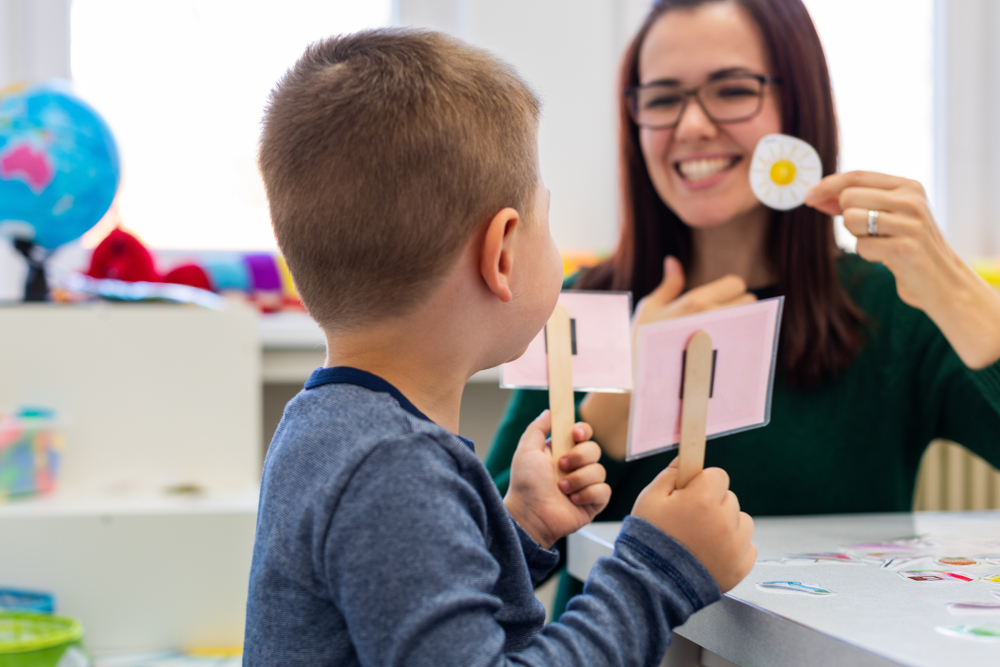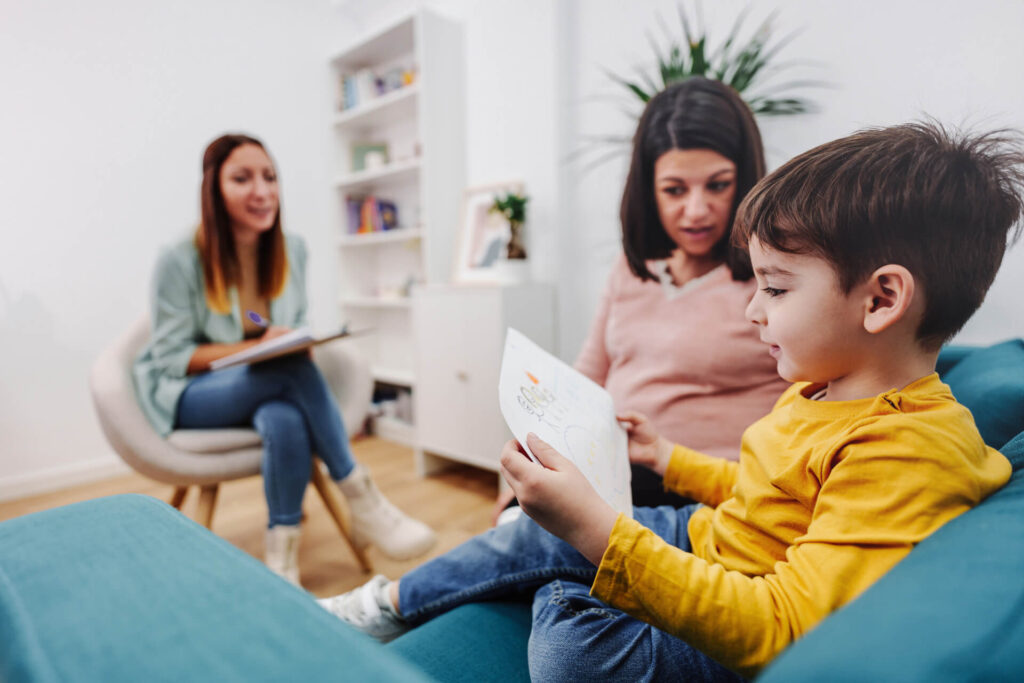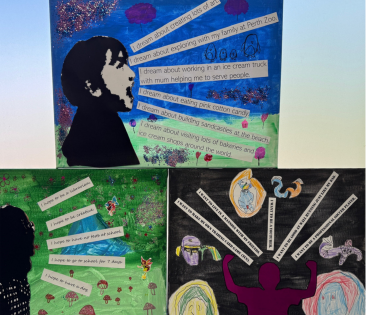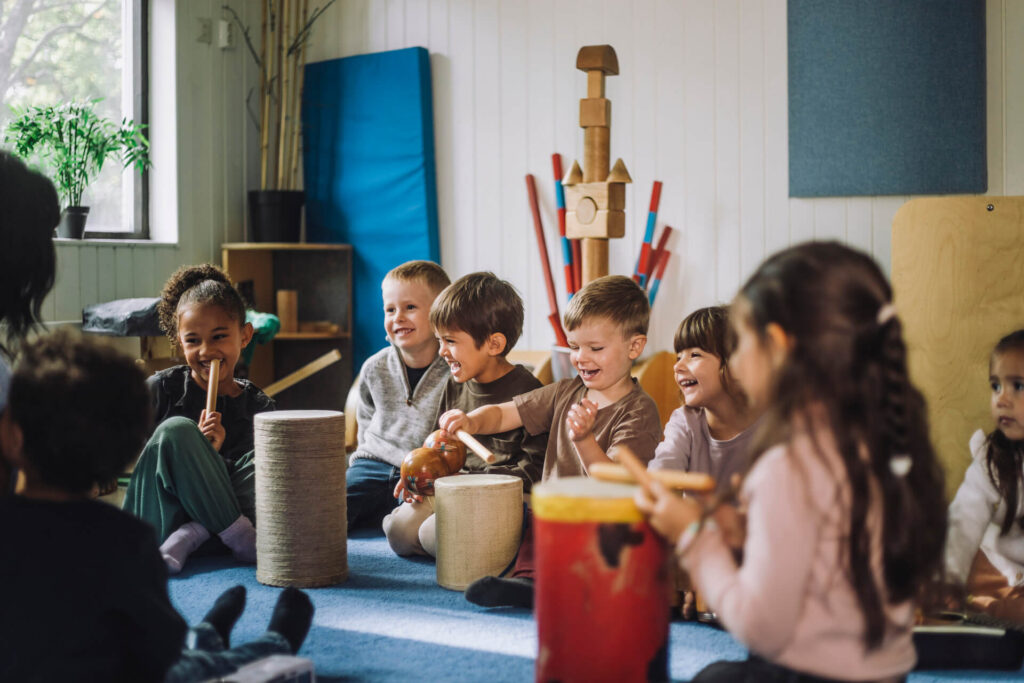Regulation in the classroom
By Hamish Godbold, Occupational Therapist at Early Start Australia Box Hill South

Why is focusing in a classroom hard for some kids? The role of our sensory system in regulation
Our sensory system needs the right level of input to be able to engage with the world around us.
Too much sensory input and we become overwhelmed.
Too little and we switch off.
Each person’s sensory system is different and will need different levels of input to help them reach that ‘just right’ point that is essential in the learning environment.
Our body’s abilities to control the level of sensory input and to keep ourselves on that just right point is called regulation.
Imagine your sensory system as a cup and sensory input as water.
Your cup needs to be filled to the right level for you to be able to stay comfortable, focused, and engaged.
Your cup might be big, and you need lots of sensory input to get to that just right level.
Or your cup can be small, and you only need a little amount to reach it.
Regulation in the learning environment
For children that have difficulty paying attention in class, they will often have big cups that need lots of water to reach that just right level.
This means that when they are sat down in their chairs, their bodies aren’t receiving as much input.
This can look like either:
1. They seem tired and sleepy
They may have lots of energy when moving around but when they are sat down, they seem to switch off and appear slower and more lethargic.
They may look around the room or watch out of the window and it takes a lot of effort to get their attention.
2. They are constantly on the move
They rock in their chair, look around the room, and will distract other children when sitting next to them.
They find listening to instructions very difficult and may seem more forgetful than other children.
Both children need more input to help their bodies reach that just right level.
When you see one of these children in your classroom, have a think about what their body’s might need to help them regulate.
What can we do to support regulation in the classroom?
There are lots of things that you can do to help kids regulate their sensory systems.
Movement breaks
These are short intentional breaks from tasks to help move the body and awaken the sensory system so that it can be more alert.
These can last for different amounts of time depending on the individual and can involve walking around the classroom, completing a heavy lifting activity, or a short obstacle course.
Examples:
- Asking a child who is beginning to fidget, yell, and disengage from the work to do a special job and get the textbooks from the back of the classroom and bring them to desk at the front.
- Scheduling regular movement breaks every 20-30 minutes to ensure that a child maintains consistent regulation throughout the day. These can involve walking with a teacher around the classroom, doing some push ups against a wall or walking across the playground and back.
Resources for the classroom
Wobble cushion
These are small inflatable cushions, designed to promote active sitting on a dynamic surface to that provides passive movement.
This passive movement promotes regulation through vestibular input, improved body awareness and core strengthening.
Where to find them:
Fidget toys
These are small handheld toys, designed to provide sensory input and support self-regulation through repetitive, tactile, or movement-based input such as, spinning, squeezing, clicking or stretching.
Through providing this motor input, they can be used to help maintain focus when needed.
Different toys will work for different people, and it is important to experiment to which is the right toy for you, without it becoming too much of a distraction.
Fidget chair band
Able to be used in any classroom, these are elastic bands that can be tied to the legs of a school chair and used to swing and bounce their legs providing consistent and regular movement throughout the lesson, increasing focus and maintaining engagement.
Where to find them:
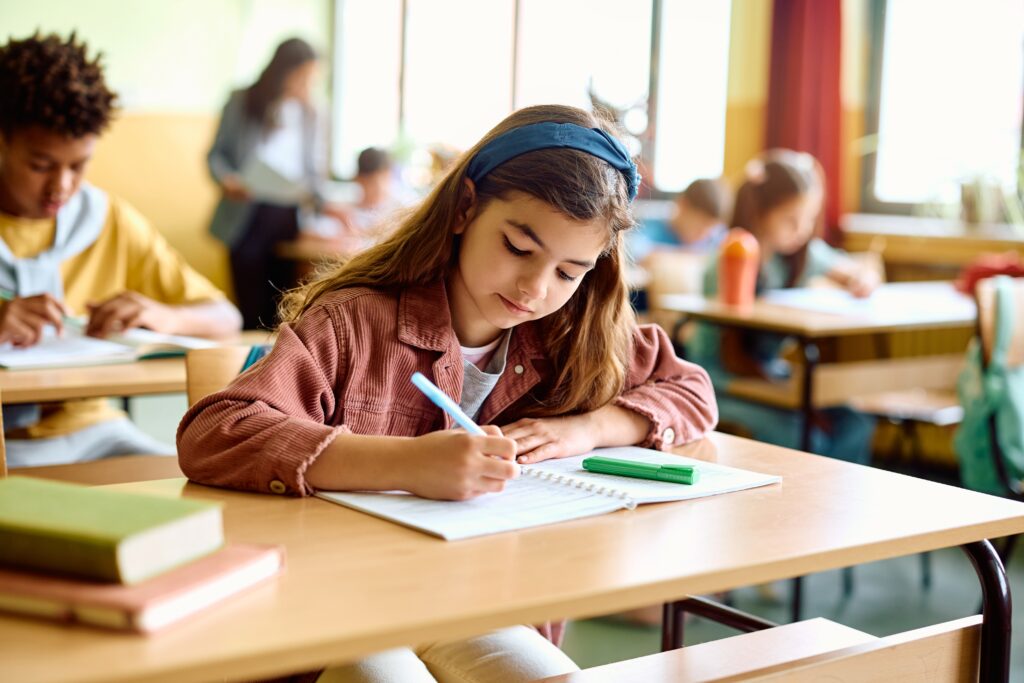
Early Start Australia’s therapists can assist families to understand their child’s sensory profile through occupational therapy screeners and assessments.
We provide personalised recommendations so that families and educators can learn how best to support a child in the learning and classroom environments.
We can also support schools and educators with strategies and resources to promote regulation in the classroom.
For more information on customised sensory profile support, enquire now or call 1300 372 439.



